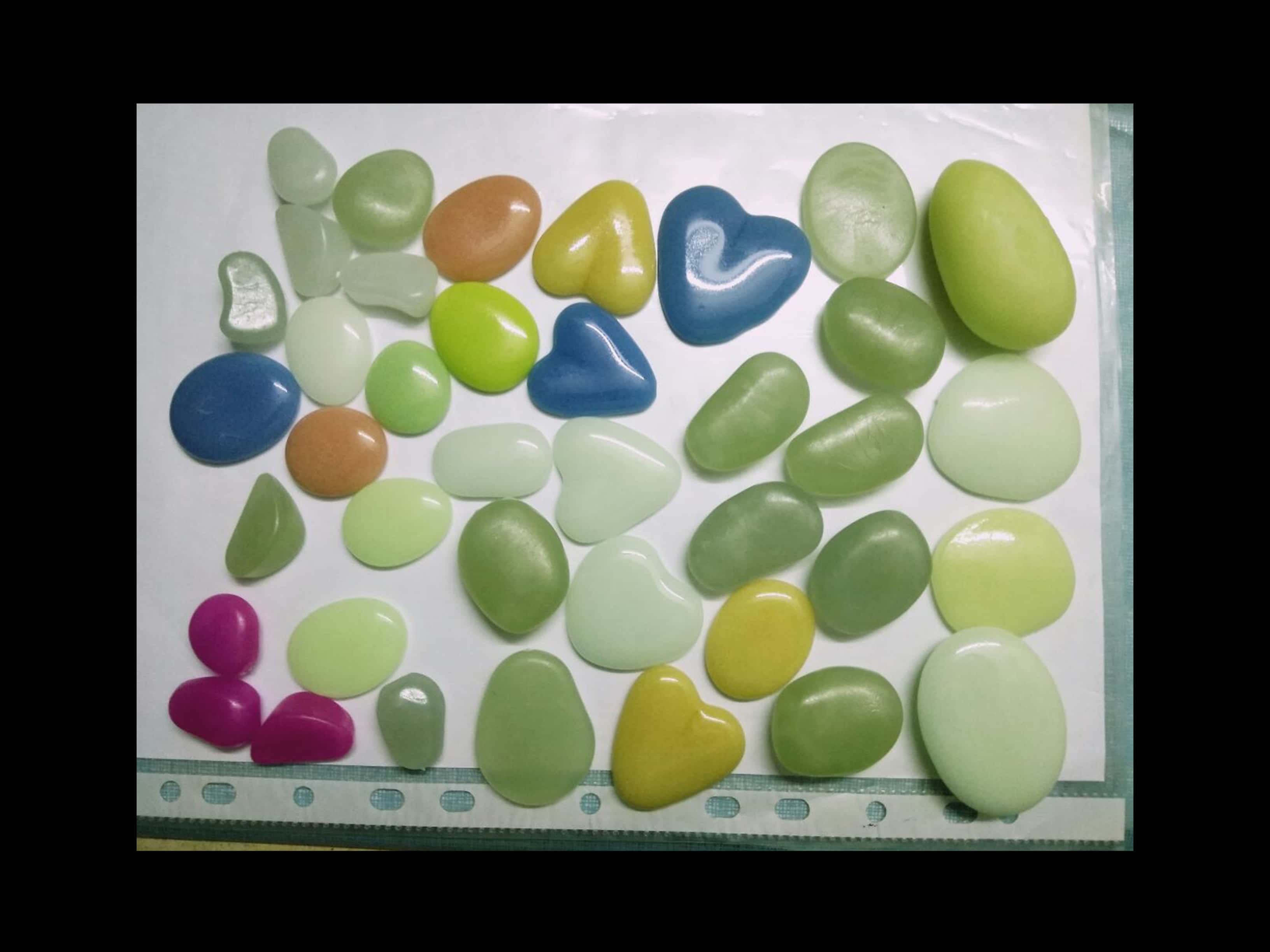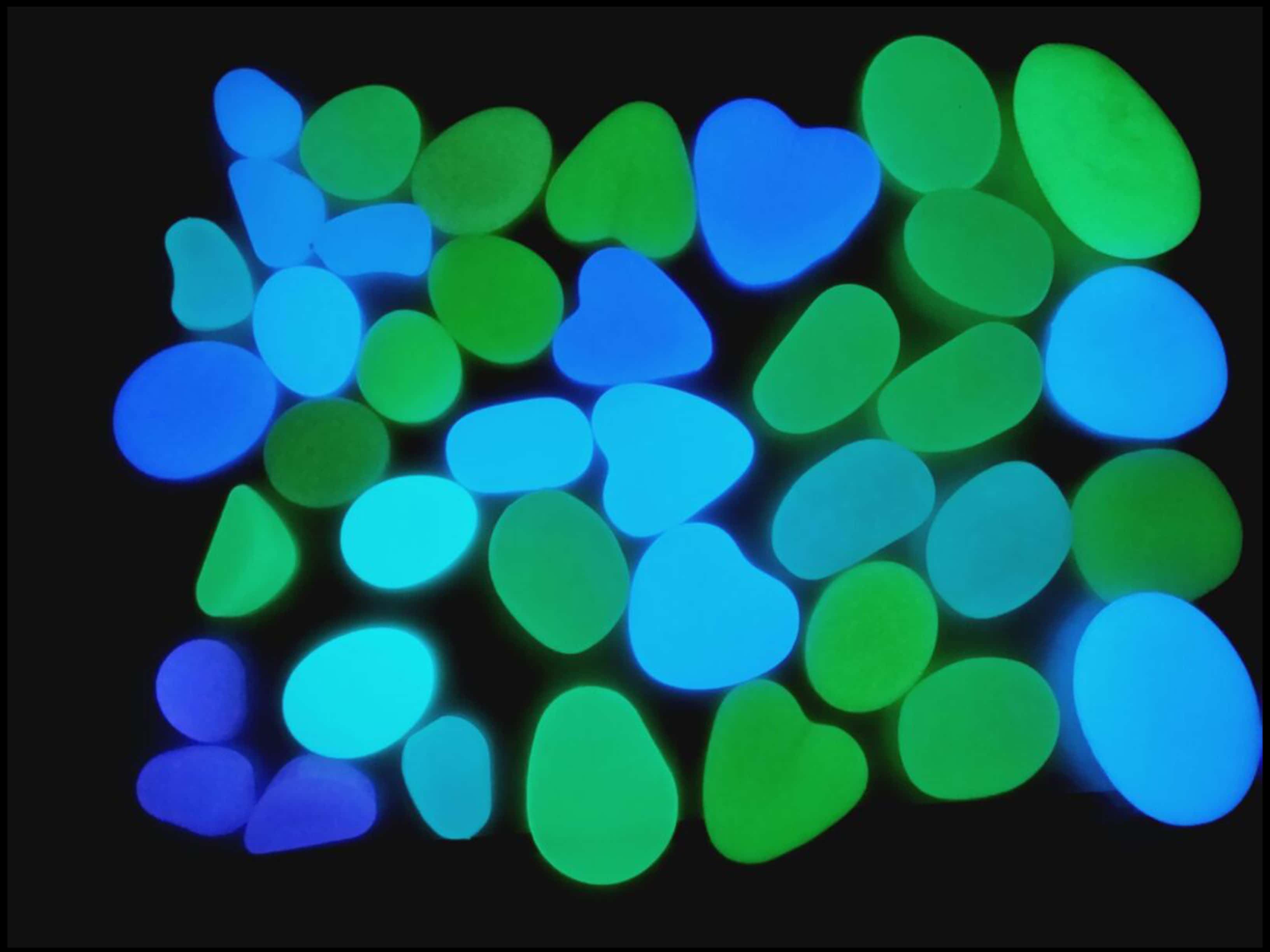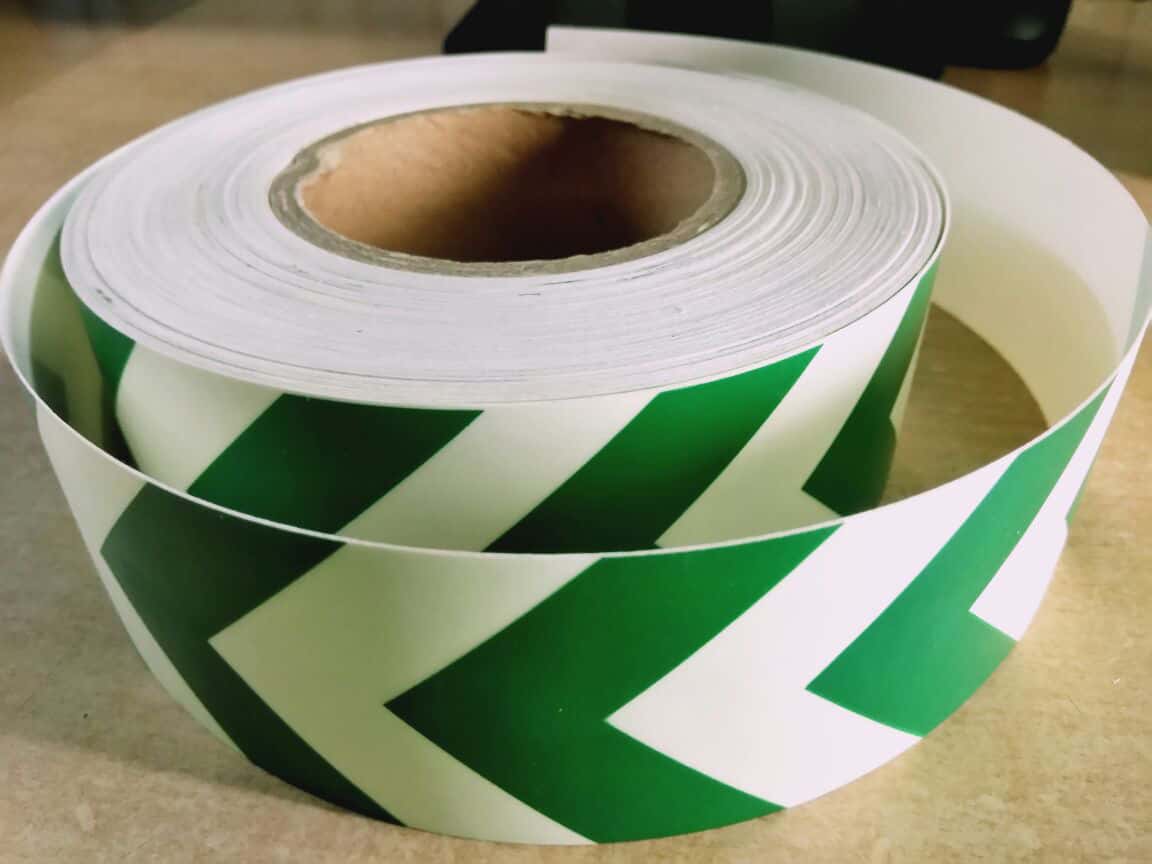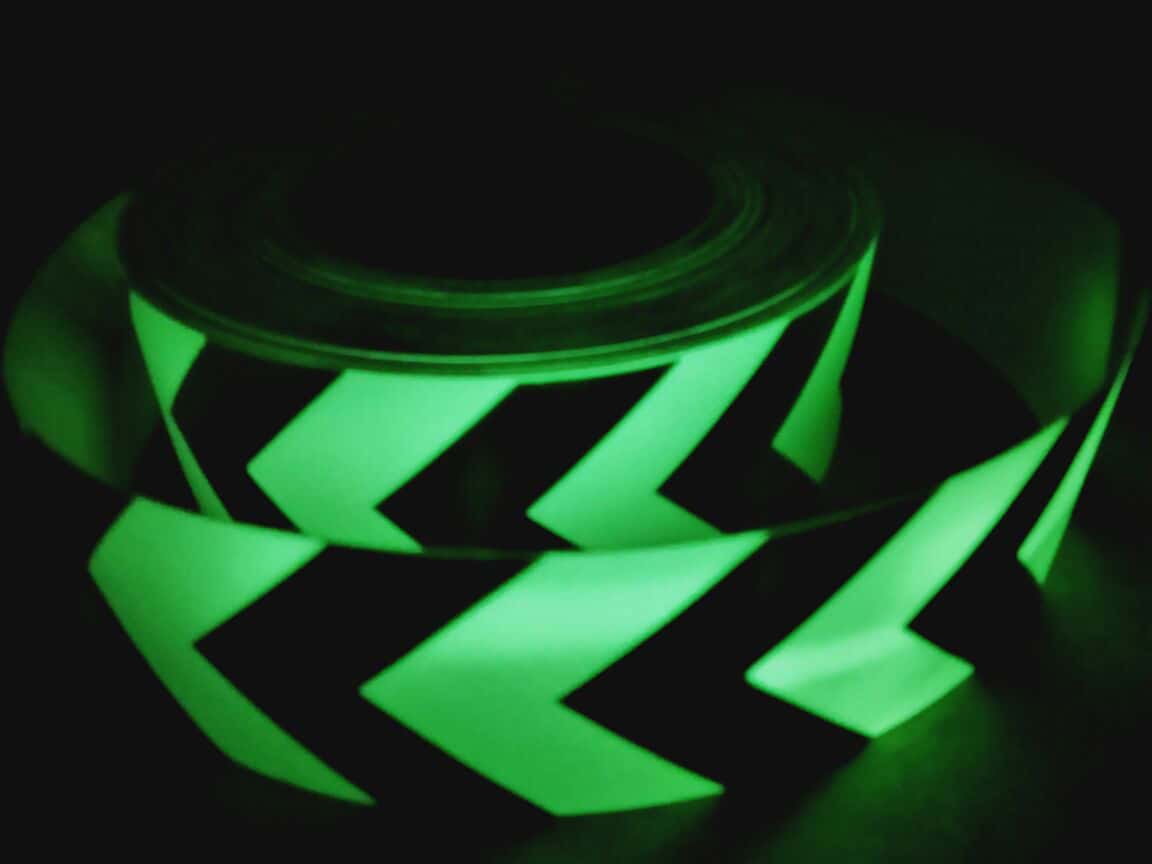MSDS
01. FIRM AND PRODUCT IDENTIFICATION
Commercial product name: photoluminescent pigment[Fluorescent pigment]
Application fields:the photoluminescent pigment is Suitable for various kinds of transparent medium, such as paint, screen printing, plastic, coating, powder coating, ink, enamel and leather procesing and printing etc. To produce luminous products with good indicating and beautifying effect in darkness. It can be widely used in emergency signs, pass ways signs, switches, enamel nameplate, road signs, toys, Leather, handcrafts, clock meter panels, textile fire.
02. COMPOSITION/INFORMATION ABOUT COMPONENTS
Characterisation : strontium aluminate europium doped
Components : Sr4Al14O25:Eu,Dy,B
03. IDENTIFICATION OF EVENTUAL HAZARDS
This material safety data sheet(MSDS) has been prepared in complianec with tie federal osha hazard communication standard 29 cfr 1910.1200.this product is considered to be a non-hazardous substance under that standard..
04. MEASURES OF FIRST AID
After- inhalation: Remove to fresh air.
- eye contact: Flush with water for 5 minutes.
- skin contact: wash off with soap & water.
- swallowing : Flush the mouth with water.
- ingestion: Drink quantities of water & induce vomiting
05. MEASURES IN CASE OF FIRE
Suitable extinguishing media : water/foam/ABC powder/carbon dioxide.
Extinguishing media that must not bed for safety reasons : none
Special exposure hazards arising from the substance or preparation itself, its combustion products or from resulting gases : None.
Special protective equipment for fire fighting :fire fighters should wear self-contained breathing apparatus when fighting chemical fires. Use water spray to cool nearby containers and structures exposed to fire. This product will not burn. use appropriate techniques to fight surrounding fire...
Additional information : fire residues and contaminated fire fighting water must be disposed of in accordance with the local regulations.
06. MEASURES AFTER SPILLAGE OR ACCIDENTAL LEAKAGE
personal precautions : use personal protective clothing. Avoid dust formation. Knock down dust with water spray jet.
Environmental precautions : wrap appropriate protective equipment, avoid the generation of dust, vacuum or shovel material and material and place in close able container(s) for disposal.
Methods for cleaning up/taking up : pick up mechanically. When picked up, treat material as prescribed under heading “Disposal”.
Additional information : information regarding safe handling, see chapter 7. information regarding personal protective measures see, chapter 8. information regarding. Waste disposal, see chapter 13.
07. HANDLING AND STORAGE
Observe the usual precautions for handling chemicals
Hints on safe handling : air cleaning with filter of room for dust removable..
Hints for protection against fire and explosion : observe the general rules of industrial fire protection.
Requirements for storage rooms and vessels : store closed in cool dry area when handling wear protective clothing & respiratory protection. Avoid scatter into the air.
Storage stability : storage time >24 months.
08. CHECK OF INDIVIDUAL EXPOSITION/PROTECTION
Additional hints on technical system design : See chapter 7, no measures exceeding the ones mentioned are necessary.
Industrial hygiene : Do not eat or drink during work time. Do not smoke during work time.
Respiratory protection : local exhaust/mechanical(general).
Hand protection : plastic or neoprene
Eye protection : none
Skin protection : lab coat
09. PHYSICAL AND CHEMICAL PROPERTIES
Physical state:solid powder
Colour:Light-yellow or milk-white
Odour:none
Melting point: 1900
Flash point/Ignition:n. a.
pH-value:11~12
Burning properties:n. a.
Density:app. 3.6 g/cm3
Solubility in water:little soluble
Solubility in organic solvents:insoluble
10. STABILITY AND REACTIVITY
Thermal decomposition: none
Hazardous decomposition products: no hazardous decomposition products known
Hazardous reactions: the product is not a dust explosion risk as supplied; however the build-up of fine dust can lead to a risk of dustexplosions.
11. INFORMATION OF TOXICITY
Effects of overexposure: may cause irrigation to eyes, skins & mucous membranes.
12. INFORMATION ON ECOLOGICAL EFFECTS
Product is chemically and biological inert. As it does not contain soluble heavy metals, the product does not cause ecological or toxicological problems like other compounds containing heavy metals.
13. INFORMATION CONCERNING DISPOSAL
Product: dispose in accordance with state and local regulations.
European waste catalogue: the declaration of the waste number must be specified by the branch or process in accordance with the EMC regulations.
Contaminated packaging: completely empty packaging may be treated as household waste.
PL Pigment can be one of additives and added into many medium, such as coat, paint, ink plastic, glass, ceramic etc.PL Pigment can repeatedly absorb energy and emit visible light for over 20 years without any perceivable change of its properties.
14. INFORMATION CONCERNING TRANSPORT
GGVSee/IMDG-Code:- UN-NR:- ICAO/IATA:-
GGVE/GGVS: not classified
ADE/RID: not classified ADNR:-
15. INFORMATION CONCERNING REGULATIONS
labelling in accordance with GefstoffV/EC.: the product does not require a hazard warning label in accordance with EC directives/German regulations on dangerous substances.
National requirements: VbF-class:-
16. OTHER INFORMATION
Observe national and local legal requirements
Sources of documentation: technical safety constants sorbe; merck index; Welzbacher
Materials Listings:Sr2CO3; Al2O3; Eu2O3;Dy2O3; H3BO3
All information this document are concerning the safety requirements of the product. all details are based on our best knowledge to the current situation. However, they do not apply as assurance for quality of the product with regard to liability resp. Guarantee. all details are given without obligation.
Jash photoluminescent pigment is widely used in many industrial line such as Production of Glow Paint for brushing painting, Plastic Molding, Silk-Screen Printing, photoluminescent tape, photoluminescent sheet, Ceramic Tiles, and all kinds of safety sign.





